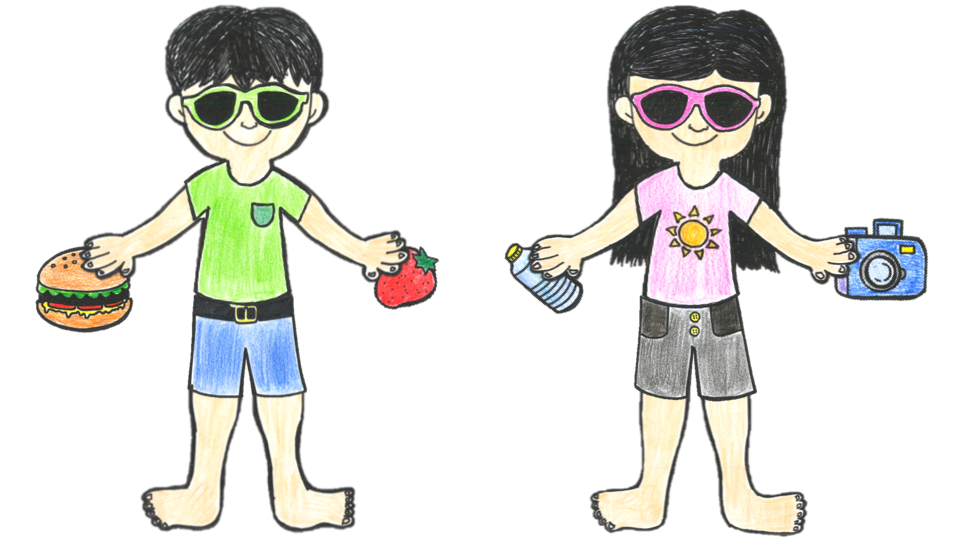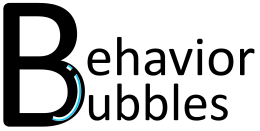A common issue parents and educators face is teaching pronouns (i.e. he, she, it, his, her, my, your, we, they, me, you, etc.). In today’s post, we will look at different ways to teach pronouns – specifically he, she, his, and her.
Similar with other programs, you can teach pronouns utilising DTT (Discrete trial teaching) and/or NET (Natural Environment Teaching).
DTT can be done via sorting by pronoun, receptively identifying the pronoun (i.e. “give me ‘he'”; “touch ‘she'”; etc.), and expressively identifying the pronoun (i.e. “what is the boy holding?”; “what is the man doing?”; “what is the girl wearing?”; “how does the woman feel?”; etc.)
When a child is fluent with prepositions using cards, we can look at generalising the skill. One of my favourite ways to do so is by utilising dress-up dolls.

Looking at Figure 1, we can look at asking the child questions to help them practise utilising the pronouns correctly.
a) Who is wearing the green shirt? (He is wearing the green shirt.)
b) Who is holding the camera? (She is holding the camera.)
c) Whose shirt has a pocket? (His shirt has a pocket.)
d) Whose sunglasses are pink? (Her sunglasses are pink.)
Should the child be fluent in functions, features, and class (FFC), we can ask questions utilising these FFC to generalise those skills as well.
a) Who is holding the fruit? (He is holding the strawberry.) – Class
b) Whose pants has buttons? (Her pants have buttons.) – Feature
c) Who is wearing the green sunglasses? (He is wearing the green sunglasses.) – Feature
____________________________________________________________________________
You can find this product here.
Happy Teaching!



One thought on “Pronouns (He, She, His, Her)”